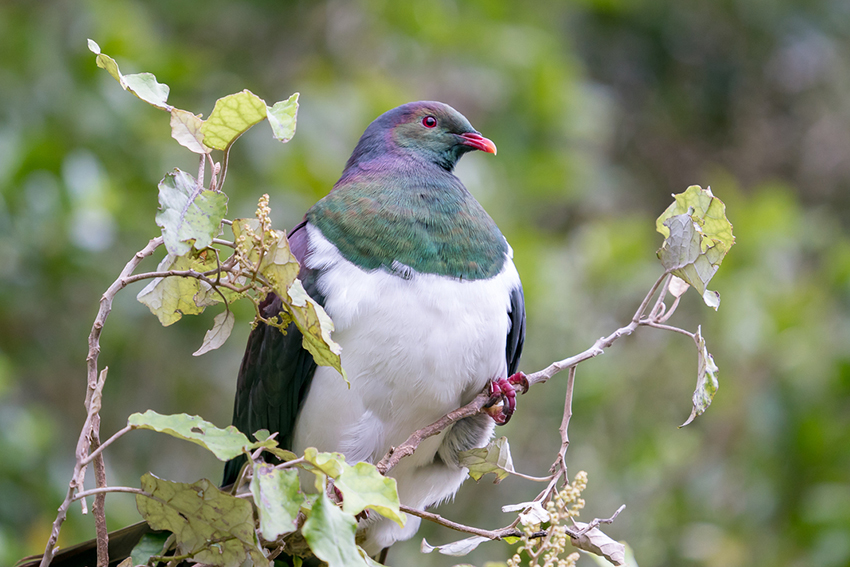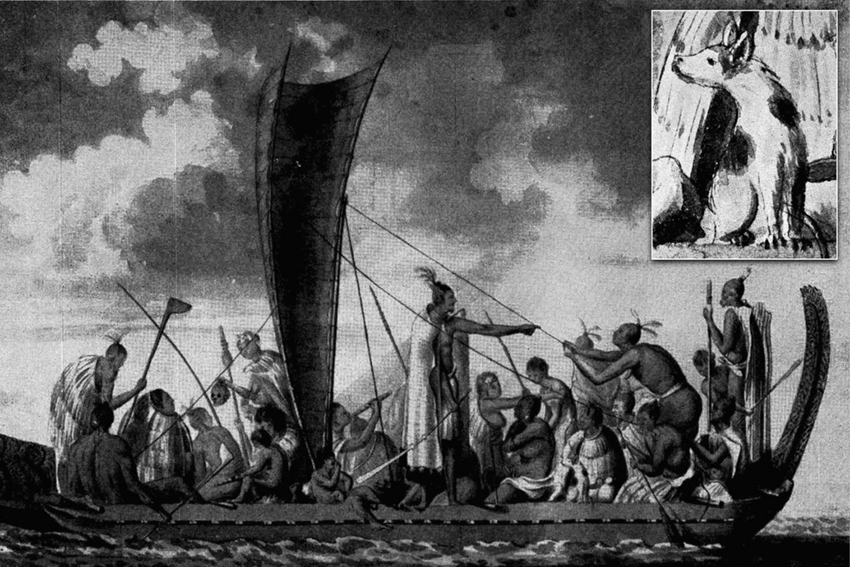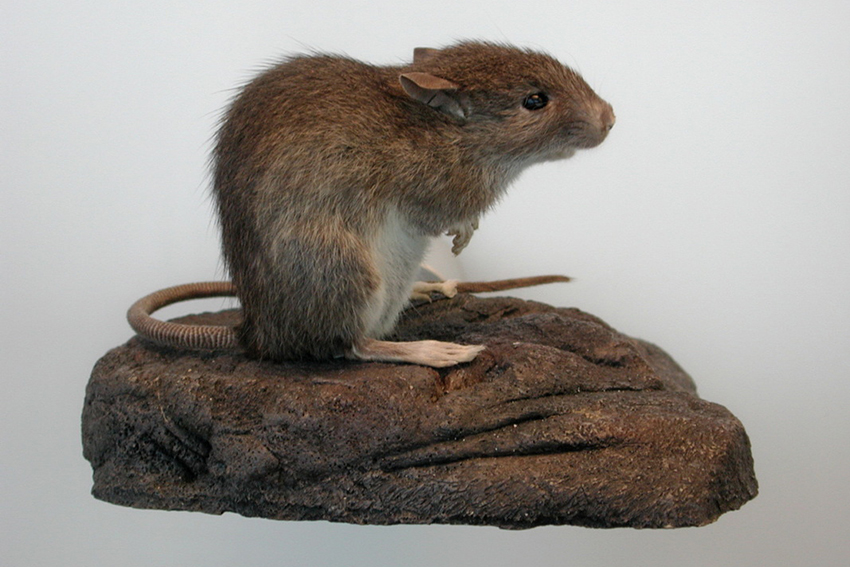Māori knowledge of animals

Teachers now have new groundbreaking classroom resources on Māori knowledge (Mātauranga Māori) of animals, and Māori concepts as they relate to animal ethics.
The resources were written by Professor Georgina Tuari Stewart from AUT and Dr Sally Birdsall from the University of Auckland, and developed into digital classroom resources by the Science Learning Hub – Pokapū Akoranga Pūtaiao (here and here), with te reo Māori pdfs available to download (here and here).
“We saw potential to draw on the records of pre-European Māori concepts and knowledge of nature. The loud debates make people assume teachers are already including Mātauranga Māori in their lessons, but this is not happening in any meaningful way in science, either in mainstream or Māori-medium classrooms.”
The resources were developed with project management support from the Australian and New Zealand Council for the Care of Animals in Research and Teaching (ANZCCART) and received some funding from the Ministry for Primary Industries’ Sustainable Food and Fibre Futures fund.
Some of the information contained in the resources is below.
Kurī (dog)

That Māori brought kurī to Aotearoa shows the importance of them to tūpuna (ancestors).
The small dogs were regarded both as spiritual guardians and ancestors themselves.
They spread around the country but became extinct soon after the influx of European settlers and farmers and their dogs.
Kurī were companion animals, hunting animals and a food source.
They howled but did not bark. Otherwise, they likely behaved like other dogs. Their hides, hair and bones were used for clothing, jewelry and tools.
Kiore (Pacific rat)

Kiore (the Pacific rat) spread with ancient peoples throughout the Pacific, and was also deliberately brought to Aotearoa by Māori, with populations encouraged in bush reserves known as rāhui kiore.
Kiore were roasted, skinned and preserved under fat in hue (gourds) that were used as currency in tribal exchanges. Kiore pelts were used to make fine cloaks.
The kiore is of great value to Māori and held in high regard - an example of how Māori thinking is sometimes the opposite of modern Western thinking.
The closeness between humans and kiore explains why kiore featured in wharenui carvings and names of people and places.
A kaupapa Māori approach to animal ethics
In the Māori world, animals are related to humans through whakapapa from atua (gods), and therefore have their own mana and tapu.
However, people in Western cultures came to view themselves as separate from animals, viewing them as lacking in intelligence or consciousness.
The English labels "vermin", "pest", "lab animal", "livestock" and "pet" for example create a social license to treat animals in ways that are counter to kaupapa Māori.
Animal ethics through a Māori lens involves six interlocking concepts: whakapapa, tapu, mana, pono, tika, aroha.
Māori knowledge is holistic in the sense that it does not attempt to separate facts from values and thereby enables one to act with integrity and compassion towards the natural world – including treating animals with dignity and respect.
A kaupapa Māori approach supports the Three Rs of animal ethics in practice: to replace, reduce and refine the use of animals in scientific research and teaching.